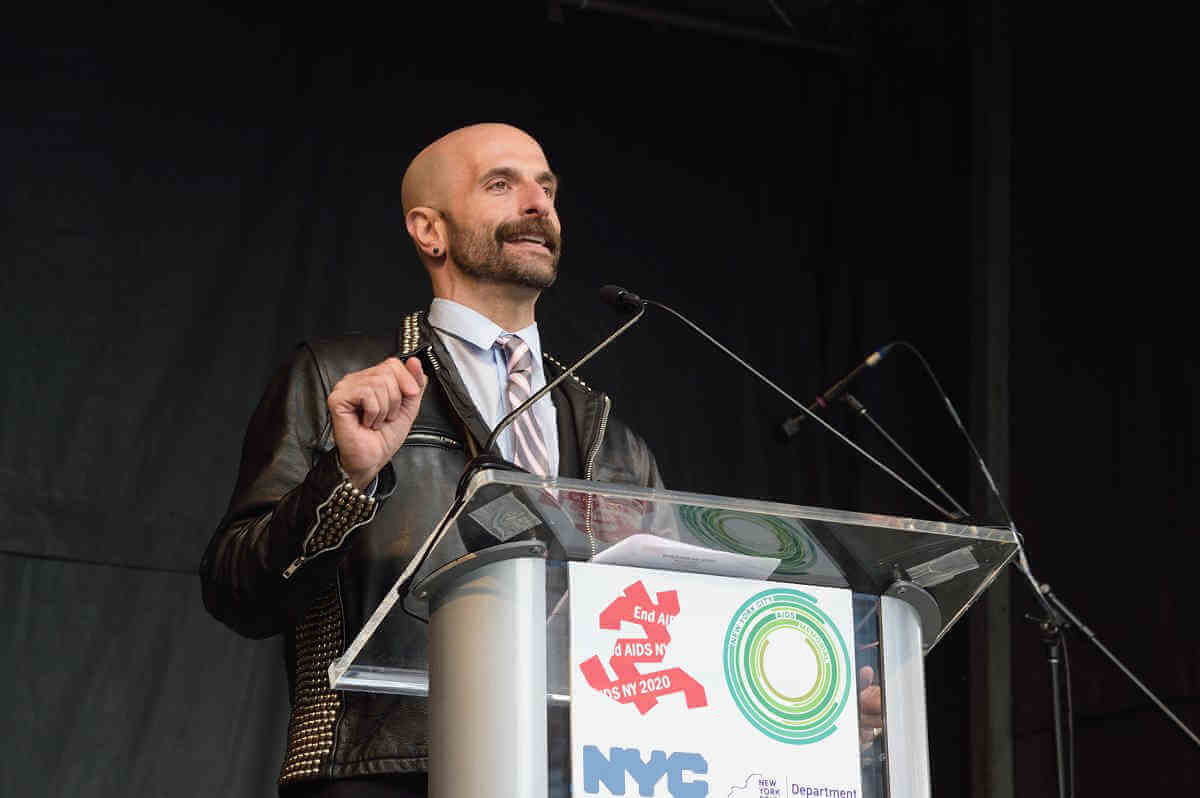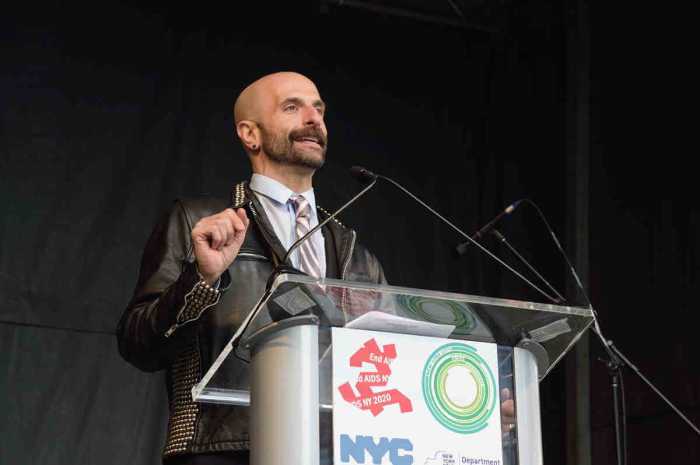The federal government on Wednesday rolled out its first set of plans for redesign of Penn Station since the Trump administration took over the $7 billion construction project from the MTA in April.
During a press conference outside the Midtown transit hub, the busiest station in the United States, U.S. Department of Transportation (USDOT) Secretary Sean Duffy presented an early look at what the project will entail and a construction timeline.
At the centerpiece of the 115-year-old transit hub’s makeover is a new look. Although officials said the project “can’t wait” and it “has to be done,” most of the renovation discussed at the event focused on improving aesthetics, including fresh architecture, working clocks and better signage.
“It’s apparent how much Penn Station means to people,” Duffy said, while explaining that the facility will be turned into a “world-class” station.
“We can’t wait any longer” for the redesign
Andy Byford of Amtrak, who is leading the project, discussed a timeline for the initial stages of design and construction. He described it as getting done on “Trump time,” with construction to begin in about two years.
“The transformation of New York Penn Station is underway, and USDOT and Amtrak are strongly committed to beginning construction by the end of 2027, Byford, who was the head of the MYA’s NYC Transit under former Gov. Andrew Cuomo, said.
But before shovels hit the ground, the feds will begin soliciting proposals from master developers on Aug. 27. The winner will be announced in May 2026.
Design work and an environmental review will follow the developer selection.
“We can’t wait any longer to transform this station for the better, because that’s what New York deserves, and that’s what this great country deserves,” Byford said.
Penn Station, a gateway for hundreds of thousands of commuters each day, most of whom take the MTA’s subways and commuter rails, as well as NJ Transit and the federally owned Amtrak train, which is the owner of the station.
But Duffy described its infrastructure as “crumbling” and the architecture as “bleak and dirty.” He also said it was “uninviting” for families with children.

In April, Duffy announced USDOT and Amtrak were taking control of the Penn Station overhaul from the MTA. As part of the announcement, the administration withdrew $72 million in grant funding.
“We have pulled this project back from the MTA,” Duffy said. “I have not been shy about expressing my frustration with the MTA. They spend a a lot of money. I’m not pleased with their deliverables and I did not have faith that they can deliver on this project.”
When MTA was overseeing the long-awaited Penn Station redesign, the project was expected to cost $7 billion. It is unclear how much it will cost under the federal government’s management, but the transportation department gave Amtrak $43 million to jumpstart the project.
Meanwhile, Gov. Kathy Hochul welcomed the federal government’s update on Aug. 27, as she did when the Trump administration first announced they were taking back the project from New York.
“One of the first things I raised with President Trump in January was the need to give New York City the beautiful Penn Station it deserves,” she said. “Those conversations successfully secured federal funding in April to advance redevelopment, allowing us to reallocate over $1 billion for other critical projects. With Secretary Duffy now advancing this project and requesting design proposals, New Yorkers are one step closer to a station worthy of this great city.”
Other transit stakeholders expressed cautious optimism about the project.
Danny Pearlstein, policy and communications director at the transit advocacy group, Riders Alliance, said delivering optimum services for commuters is paramount next to any changes in the station’s appearance.
“New public investment in Penn Station must deliver better service for riders, not a monument to greed or arrogance,” he said. “The real test of success will be in time savings and better access to basic needs and new opportunities across the region, not in gold-plating or mall development.”
Carlo Scissura, president and CEO of the New York Building Congress applauded the end of “decades of delay” on Penn’s makeover and said it will create jobs.
“This isn’t just about fixing Penn, it’s about creating tens of thousands of good-paying union jobs, driving investment across our region, and delivering a brighter, safer, and more welcoming station for the millions of travelers who pass through it every year,” he said.
While more specific timelines, funding details and other updates to the station were not fully disclosed, Duffy and Byford indicated that the work would be a public-private partnership model to transform the historic and iconic station.








































